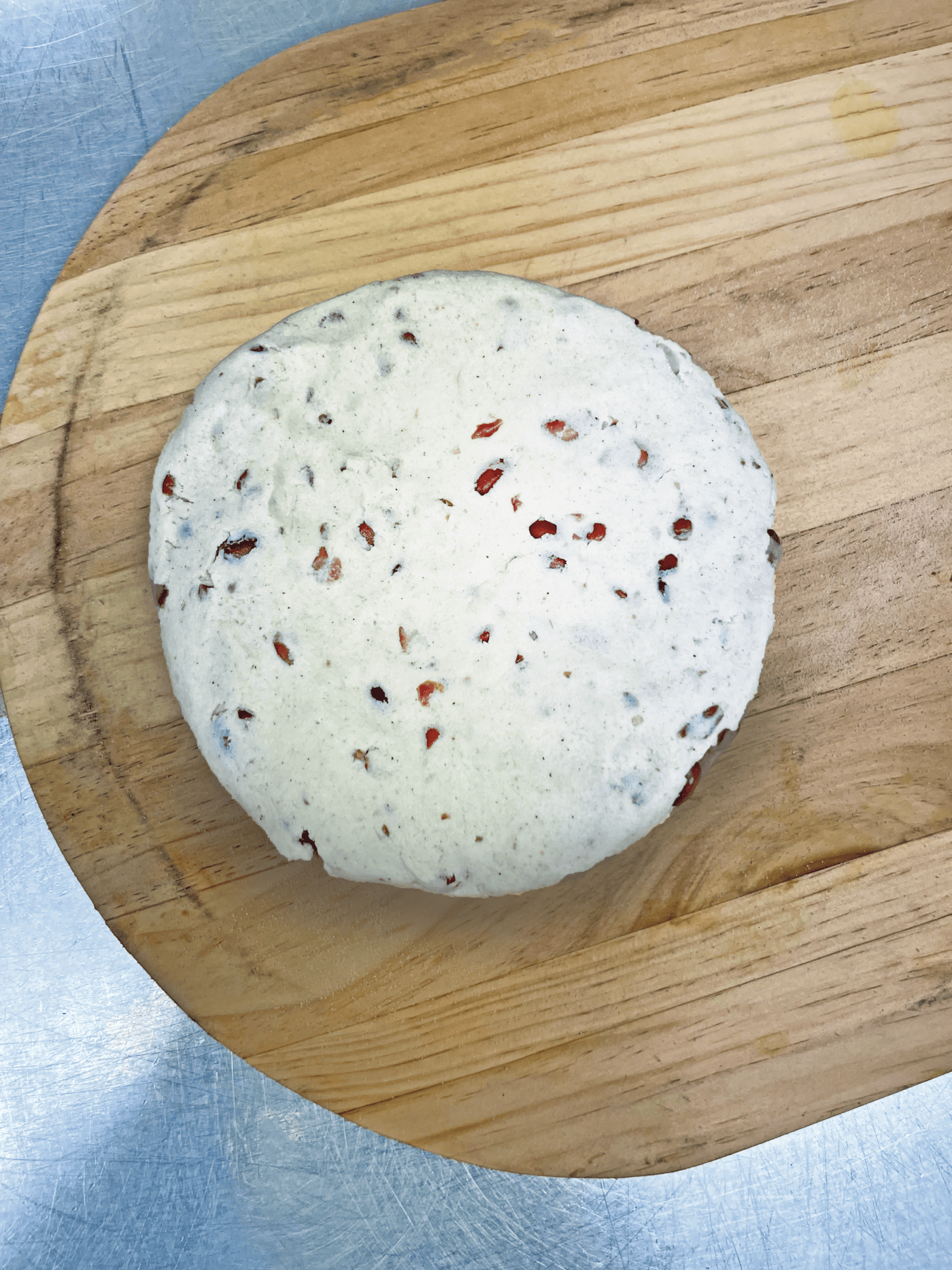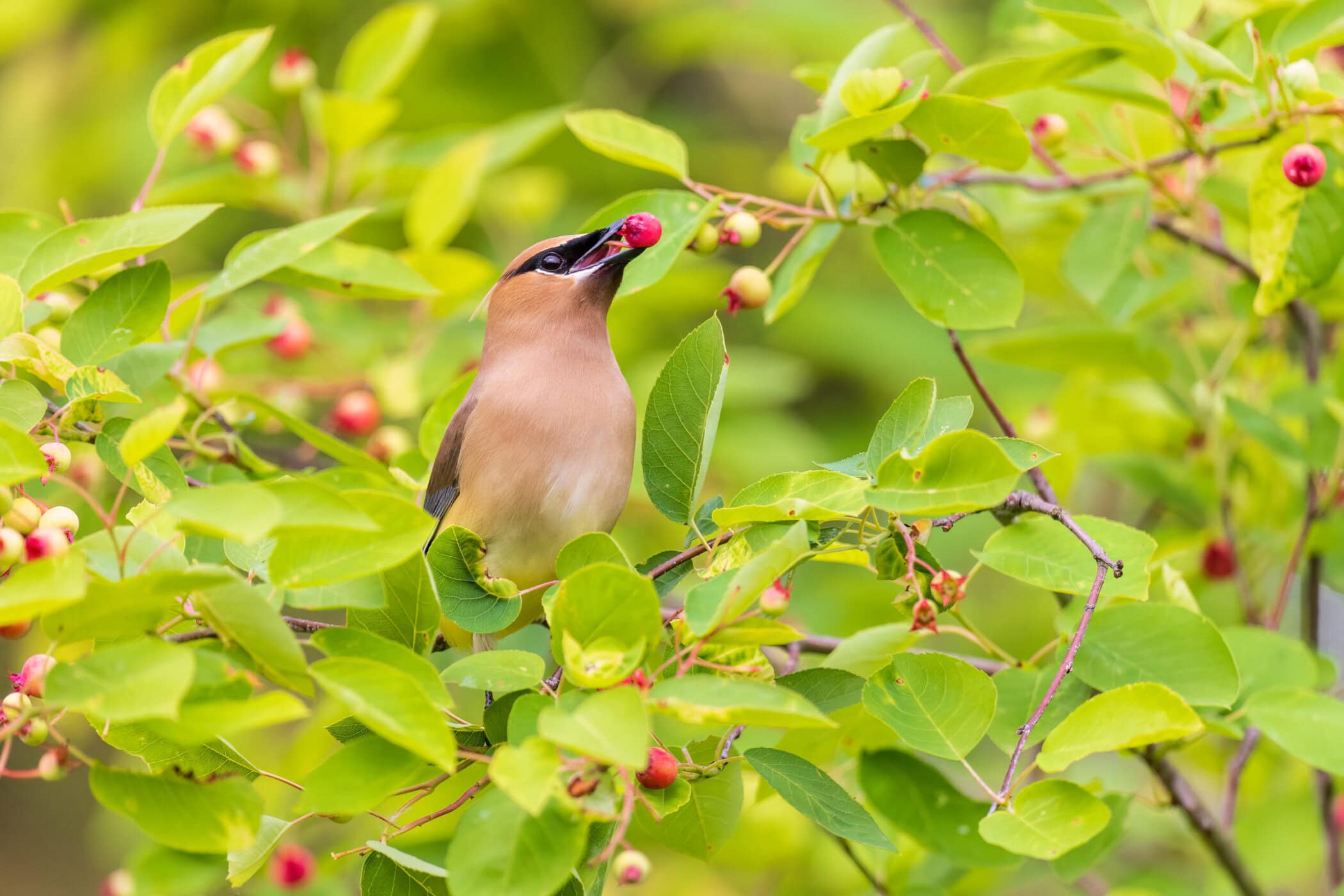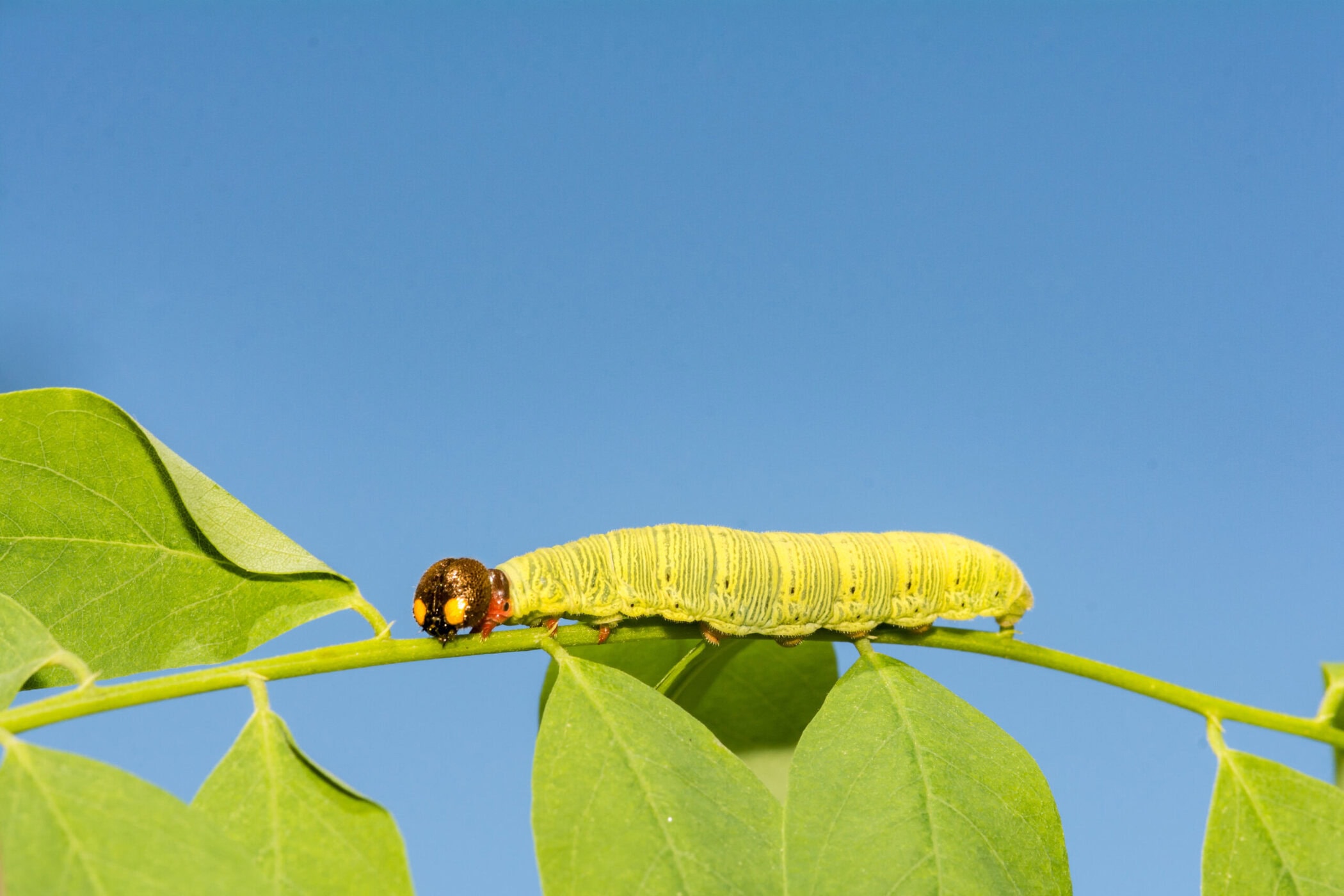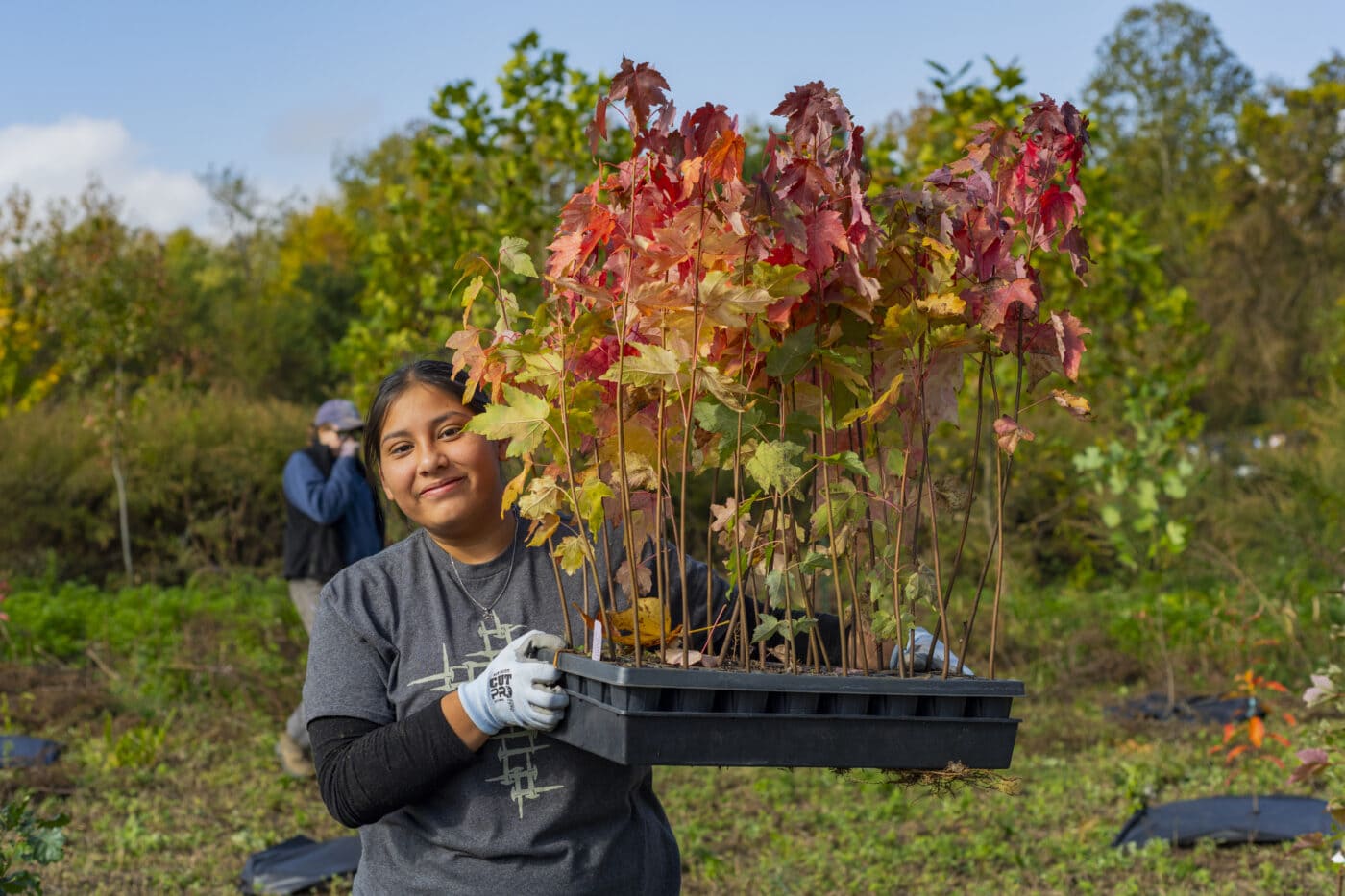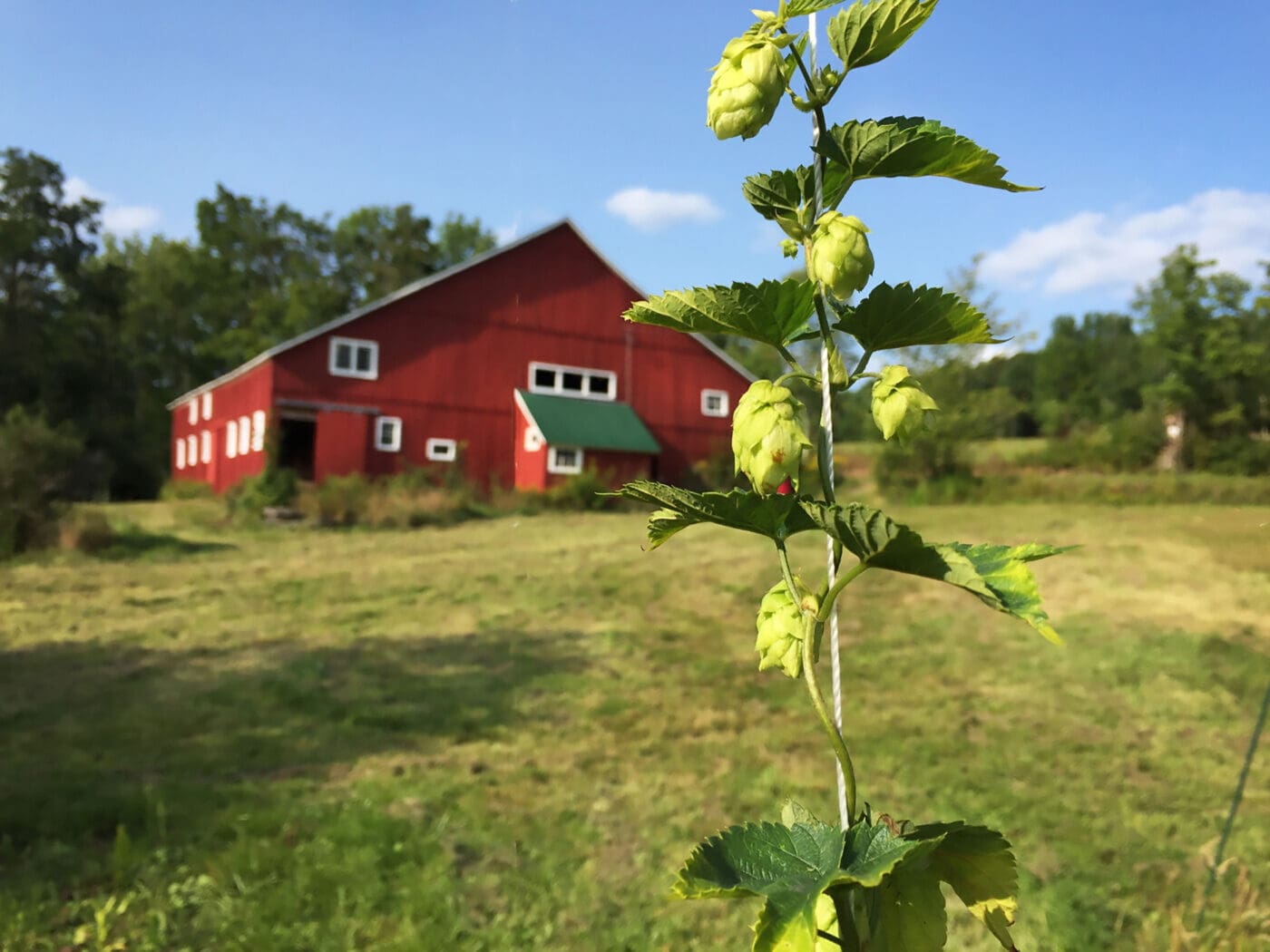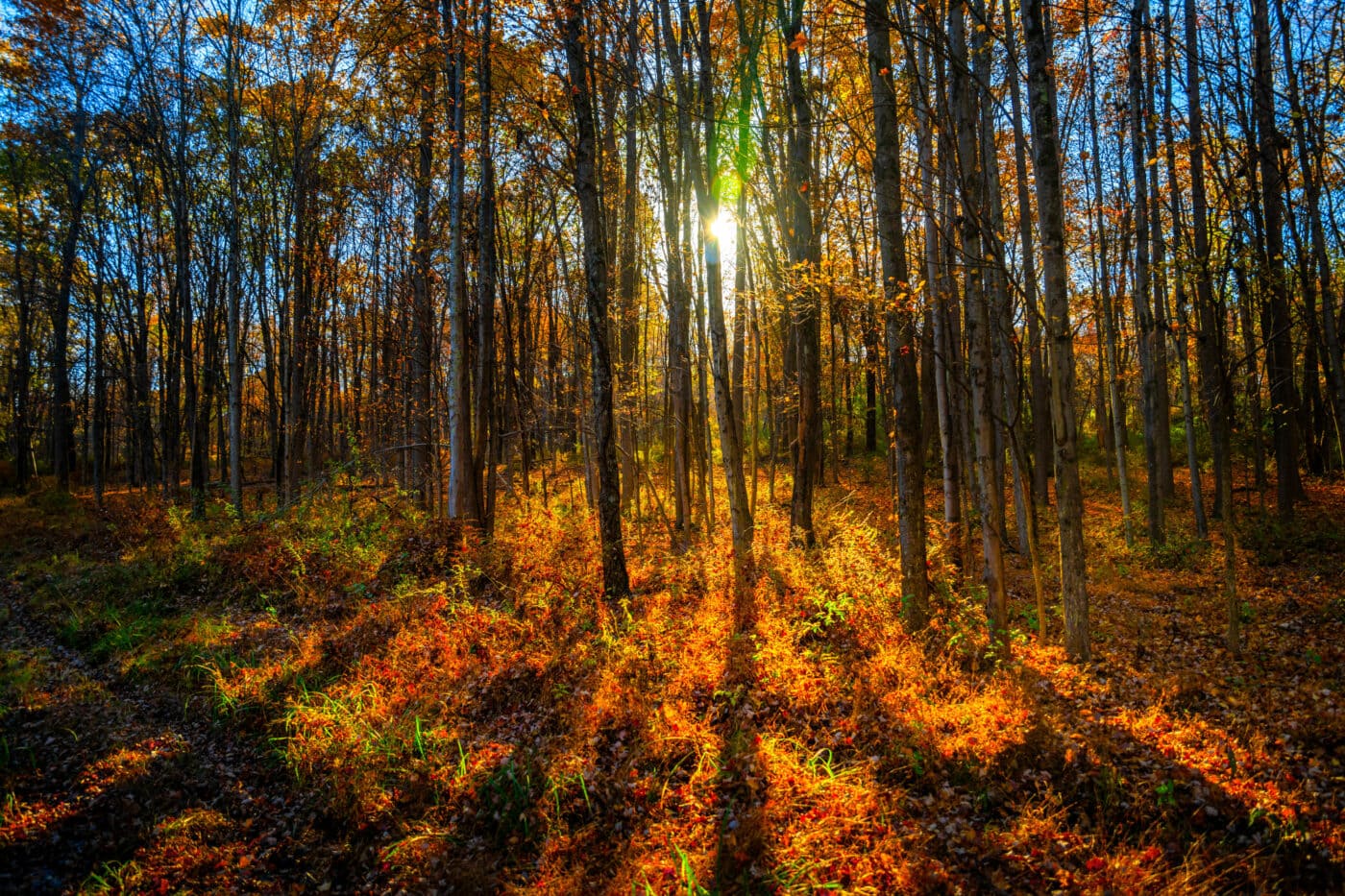This style of cornbread predates the use of ovens here in the Northeast and is poached or boiled. This foodway nourished the Haudenosaunee (a.k.a. Iroquois), translated to the People of the Longhouse, as we call ourselves — or deeper still with mem Kanienkehaka, People of Flint, Keepers of the Eastern Door of the Confederacy. Most of you and a lot of us refer to ourselves as Mohawk.
JUMP TO CORNBREAD RECIPE
These proto-cornbreads, as you know them, are made from corn flour — or as some may know it, masa harina — and the addition of cooked beans, usually red kidneys. I like them with cranberry beans.

In Mohawk we call them Kanataronkonwe, and I think they’re pretty good eats.
The Haudenosaunee have been eating corn like this for millennia. It has been a staple of our diets for a good reason. It is packed with complex carbohydrates that nourish us by forming a complete protein when we need energy. The corn flour itself is nixtamalized — or washed, as we say — in hardwood ash to not just remove the indigestible outer shell known as the pericarp, but also to unlock the important vitamins like niacin/B3 and minerals such as calcium, copper, and zinc. This process helps bump the percentage of protein that we digest from the addition of beans as well.
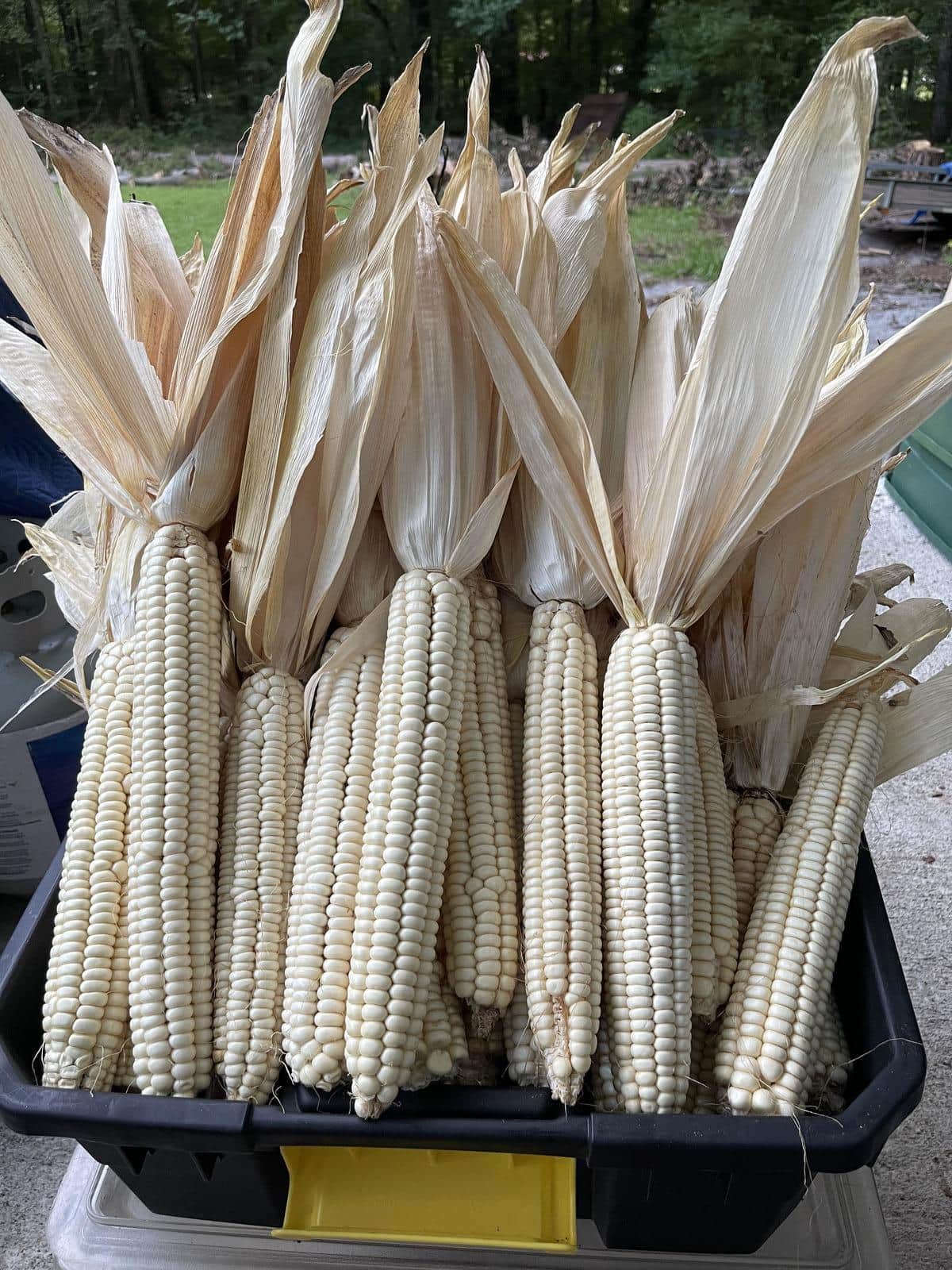
This is plant-based eating in pure form. Being the omnivores that our Creator made us, we often add a bit of animal fat at the end as seasoning. But you can use an oil like I do, such as hickory nut oil, or even that of black walnut.
It is a fairly simple process to make once you get past the nixtamalization. Thankfully you can buy corn flour or masa harina either online or in the grocery store now. I advise you to search out something from a small mill or even something local. The flavor will be better than some of the mass-produced offerings.
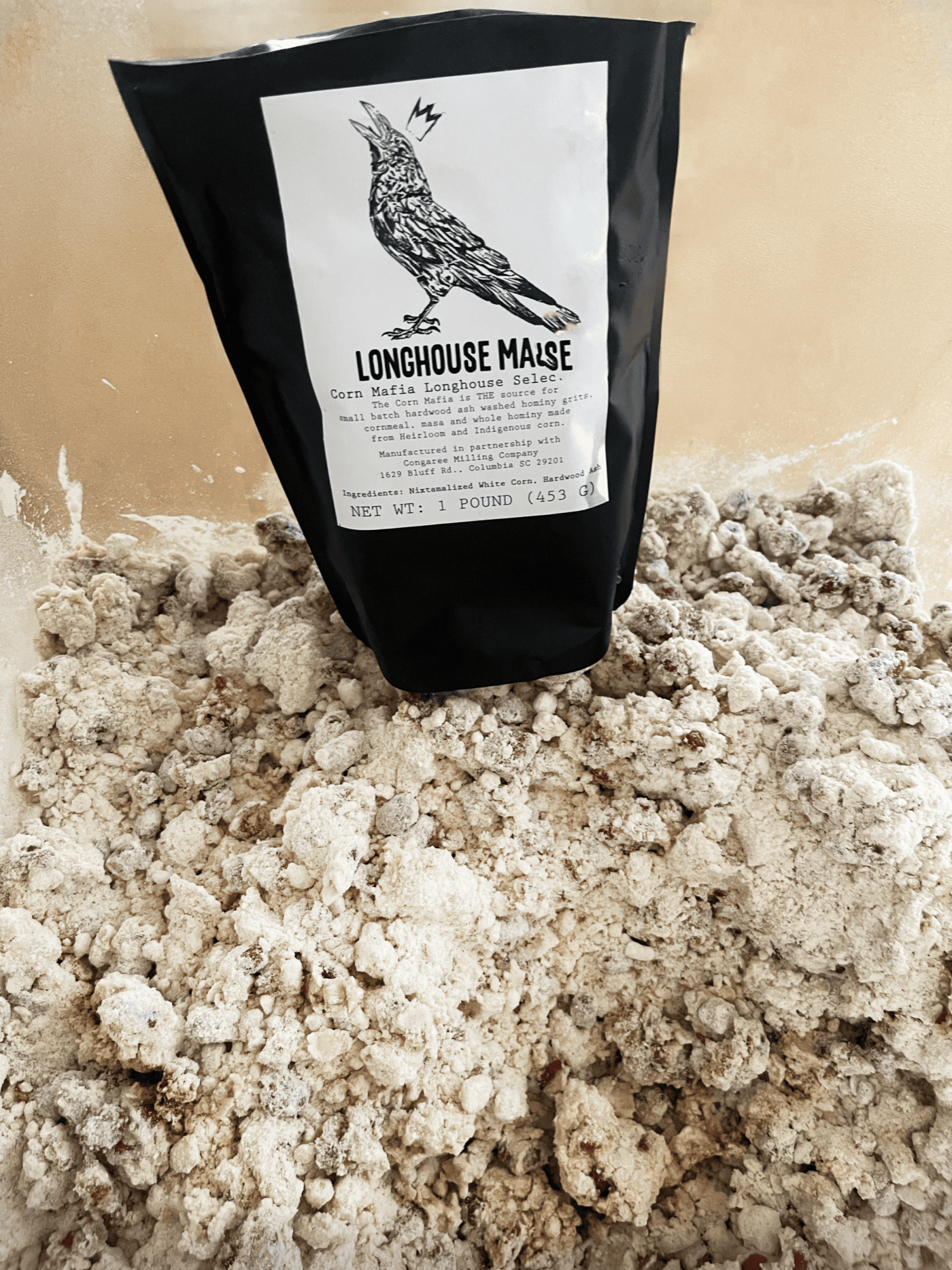
You’ll need a mixing bowl, Dutch oven or stock pot, a slotted spoon, and warm water.
These are enjoyed straight from the pot with a bit of fat or oil of your choosing, which traditionally were bear or duck. Those aren’t as easy to find now, but a walnut or sunflower oil will substitute nicely as well. Some may even like butter. Another favorite is dark maple syrup — skip that translucent amber, and go for the flavor. I, like a lot of other Mohawks, like it fried in a cast iron pan with a bit of bacon grease until crispy and then drizzled with that beautiful dark maple syrup. You’ll find your favorite way.

Recipe: Haudenosaunee Corn Bread
Ingredients:
• 2 cups corn flour, aka masa harina
• 4 cups hot water
• ½ can of kidney or cranberry beans drained and smashed like potatoes
• ½ can of kidney or cranberry beans drained and left whole
• 2 T salt
• Dark maple syrup to taste
• Bacon or duck fat if desired
• Walnut or sunflower oil if preferred
Method:
Bring the pot of water to a slow boil. Add some salt until it tastes like the sea.
Meanwhile, add your corn flour, salt, and mashed beans to the mixing bowl and slowly add enough warm water until a smooth dough forms that is not too wet. Gently fold in the whole beans. Some purists do not smash the beans at all, while others mix everything together at the same time, whole beans being of no consequence. I take the middle ground as a chef and do it this way, since I like how the starch and flavor from the beans work out to make a nice tasting and well-structured dough turns out. Call it aesthetic, but we Mohawks like to fuss about such things at times.
Once the dough is formed, you’ll come to the decision of whether you’d like to form small or large cakes, or alternately and less traditionally, into small balls. Think matzo balls without the matzo. They’re great in soups, and for you gluten-free types, anywhere a pasta or dumpling goes. Think gluten-free chicken and dumplings … but that’s another story.
Slowly place your cornbreads of any size into the salted and boiling water and cook until they float. Use and eat them in any of the ways I’ve described above. There’s a good reason that they’ve stayed with us. They’re tasty and versatile.
Feeds 6-8 people


